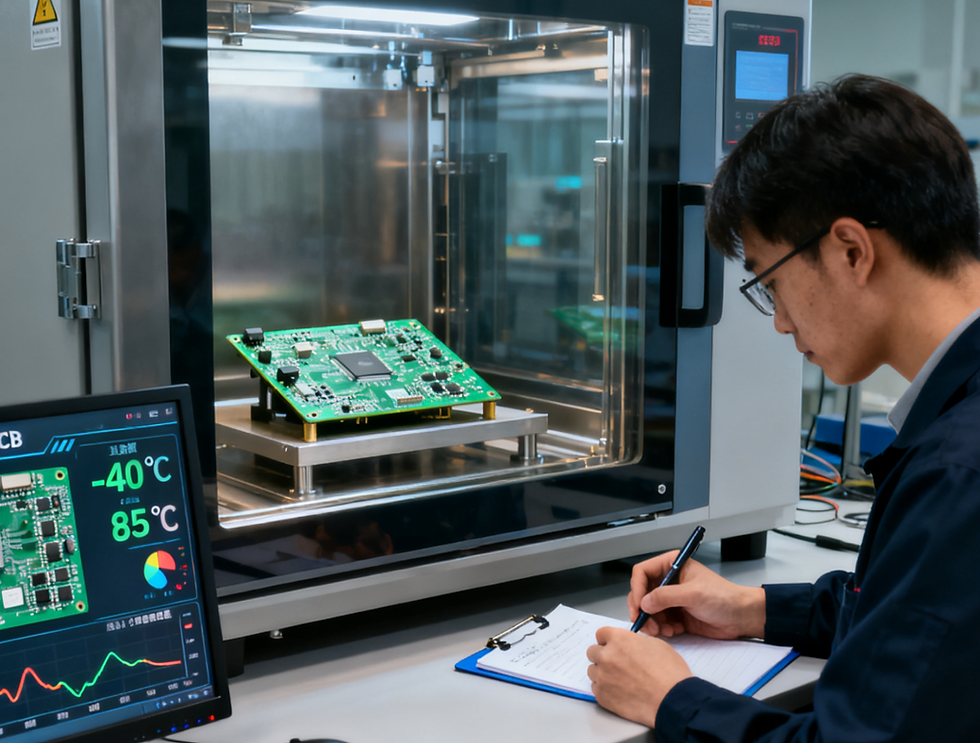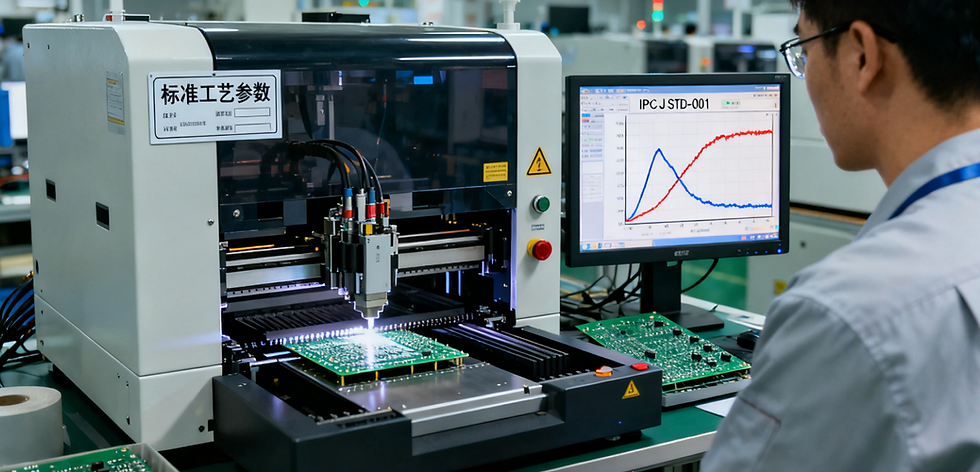The Impact of AI on PCB Design and Component Selection Processes
- Sunsoar engineer Mia
- Mar 3
- 2 min read
In the ever-evolving world of electronics, the design and production of printed circuit boards (PCBs) have always been a cornerstone of innovation. As technology advances, the integration of artificial intelligence (AI) into PCB design and component selection processes is reshaping the industry, offering unprecedented efficiency, precision, and creativity.
Traditionally, PCB design has been a labor-intensive process, requiring engineers to meticulously plan circuit layouts, select components, and ensure compatibility. This often involves countless hours of manual work and iterative testing. However, with the advent of AI, these tasks are becoming more streamlined and intelligent. AI-powered tools can now analyze vast amounts of data to suggest optimal component placements, predict potential design flaws, and even recommend alternative components based on availability or cost. This not only accelerates the design process but also reduces the likelihood of errors, saving both time and resources.
One of the most significant impacts of AI is its ability to enhance component selection. Choosing the right components for a PCB is critical to its performance and longevity. AI algorithms can sift through extensive databases of components, comparing specifications, performance metrics, and pricing to identify the best options for a given design. This level of analysis, which would be nearly impossible for a human to perform manually, ensures that the final product is both high-performing and cost-effective.
Moreover, AI is enabling a more collaborative approach to PCB design. By leveraging machine learning, design teams can access shared knowledge bases that learn from past projects. This means that insights gained from previous designs can be applied to new ones, fostering continuous improvement and innovation. Engineers can now focus more on creative problem-solving and less on repetitive tasks, leading to more innovative and reliable PCB designs.
Another area where AI is making waves is in the realm of predictive maintenance and lifecycle management. By analyzing historical data and real-time performance metrics, AI can predict when components are likely to fail or when a PCB might require maintenance. This proactive approach not only extends the lifespan of electronic devices but also reduces downtime and maintenance costs.
Despite these advancements, it’s important to note that AI is not replacing human engineers; rather, it is augmenting their capabilities. The human touch remains essential in interpreting AI-generated insights, making strategic decisions, and ensuring that designs meet the unique needs of each project. AI is a powerful tool, but it is the synergy between human expertise and machine intelligence that is driving the future of PCB design.
In conclusion, the integration of AI into PCB design and component selection processes is revolutionizing the electronics industry. By automating routine tasks, enhancing decision-making, and enabling predictive capabilities, AI is empowering engineers to push the boundaries of what’s possible. As this technology continues to evolve, we can expect even greater innovations, making the design and production of PCBs more efficient, reliable, and innovative than ever before.



Comments